Showing posts with label History. Show all posts
Showing posts with label History. Show all posts
Tuesday, September 7, 2010
Thursday, June 24, 2010
PUDU JAIL demolition - 21.06.2010 (Video)
June 21, 2010 — Our government decided not to keep Pudu Jail as one of the heritage site although it is more than 100 years old. The Pudu Jail wall, stretching about 300 meters, was demolished at 10pm last night. I was there with my friend to witness part of the demolition...
Friday, June 4, 2010
Botak Chin - Part 2
Although his gang was very successful, there were some gangsters who disputed Botak Chin's leadership. This led to confrontations with rival fractions and gangs. To consolidate his power as the supremo gangster in Kuala Lumpur, Botak Chin became involved in gang wars. In one major war, both his rival, Tua Pui Lek (the head of the Five Finger Mountain gang) and Botak Chin's own right hand man, Ah Wong, were killed at a disused tin mine in Jinjang.
Thursday, June 3, 2010
Botak Chin - Part 1

Wong Swee Chin aka Botak Chin is probably Malaysia's most notorious gangster in the 70s. Botak Chin, the self styled modern-day Robin Hood, was born in Kuala Lumpur in 1951 to a family of 10 children. As his father was a retiree who worked with the Malayan Railways, they lived at the Malaysian Railway quarters next to the Caltex station in Jalan Ipoh.
Sunday, August 30, 2009
Saturday, August 29, 2009
Tuesday, August 11, 2009
Hiroshima : The Unseen Pictures
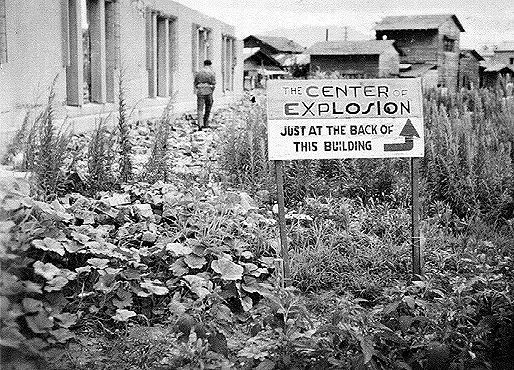 The Atomic Bombings of Hiroshima and Nagasaki killed about 250.000 people and became the most dreadful slaughter of civilians in modern history.
The Atomic Bombings of Hiroshima and Nagasaki killed about 250.000 people and became the most dreadful slaughter of civilians in modern history.However, for many years there was a curious gap in the photographic records. Although the names of Hiroshima and Nagasaki were incised into our memories, there were few pictures to accompany them. Even today, the image in our minds is a mixture of devastated landscapes and shattered buildings. Shocking images of the ruins, but where were the victims?
The American occupation forces imposed strict censorship on Japan, prohibiting anything "that might, directly or by inference, disturb public tranquility" and used it to prohibit all pictures of the bombed cities. The pictures remained classified 'top secret' for many years. Some of the images have been published later by different means, but it's not usual to see them all together. This is the horror they didn't want us to see, and that we must NEVER forget:

All the watches found in the ground zero were stopped at 8:15 am, the time of the explosion.
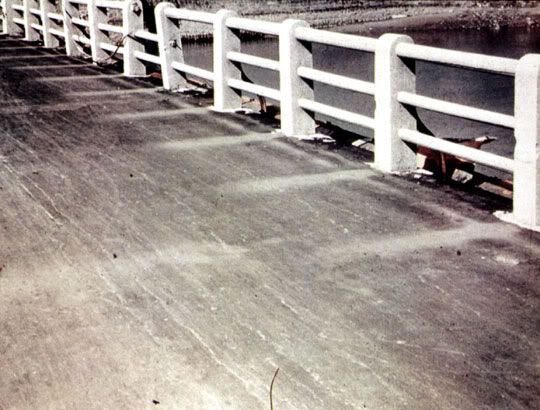
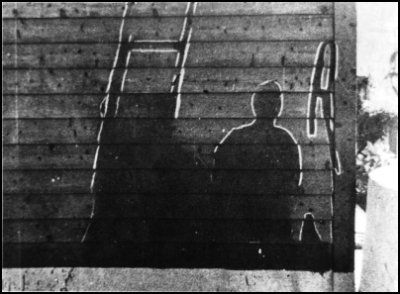
Within a certain distance from the site of explosion, the heat was so intense that practically everything was vaporised. The shadows of the parapets were imprinted on the road surface of the Yorozuyo Bridge, 1/2 of a mile south-southwest of the hypocenter. Besides, in Hiroshima, all that was left of some humans, sitting on stone benches near the centre of explosion, was their outlines.
The massacre

On August 6, 1945, 8.15 am, the uranium atom bomb exploded 580 metres above the city of Hiroshima with a blinding flash, creating a giant fireball and sending surface temperatures to 4,000C. Fierce heat rays and radiation burst out in every direction, unleashing a high pressure shockwave, vaporising tens of thousands of people and animals, melting buildings and streetcars, reducing a 400-year-old city to dust.
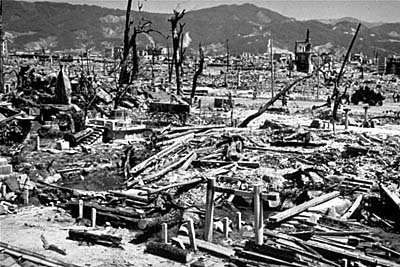
Beneath the center of the explosion, temperatures were hot enough to melt concrete and steel. Within seconds, 75,000 people had been killed or fatally injured with 65% of the casualties nine years of age and younger.
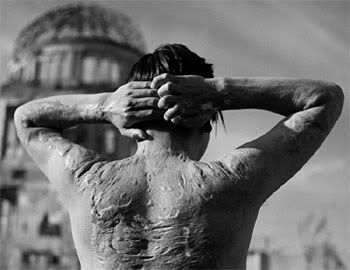
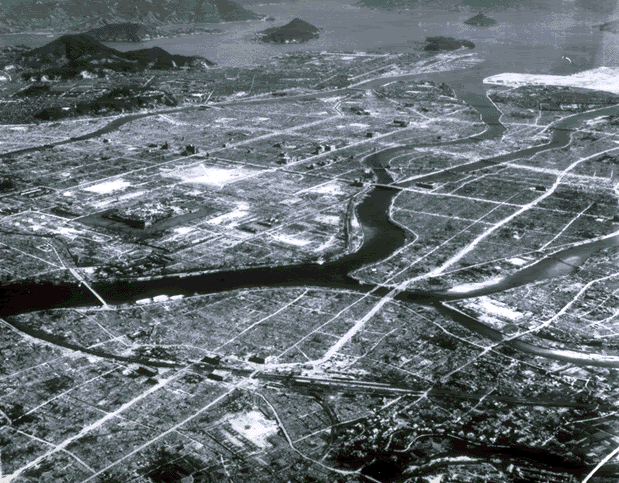
Radiation deaths were still occurring in large numbers in the following days. "For no apparent reason their health began to fail. They lost appetite. Their hair fell out. Bluish spots appeared on their bodies. And then bleeding began from the ears, nose and mouth".
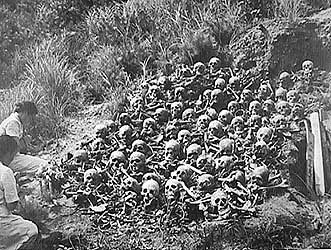
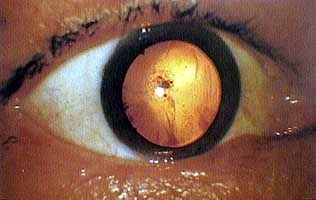
This photograph shows an eyeball of an A-bomb victim who got an atomic bomb cataract. There is opacity near the center of the eyeball.
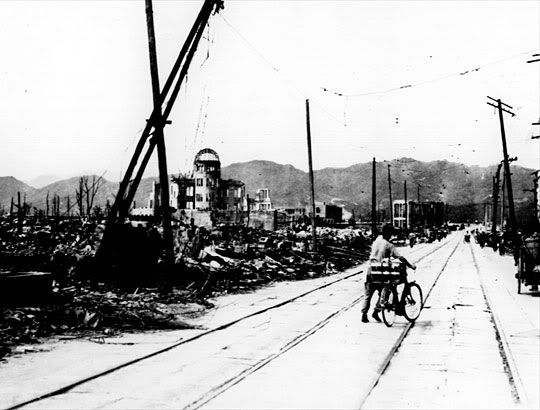
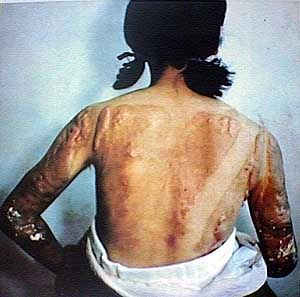
Many of them were fired from their jobs. Hibakusha women never got married, as many feared they would give birth to deformed children. Men suffered discrimination too. "Nobody wanted to marry someone who might die in a couple of years".
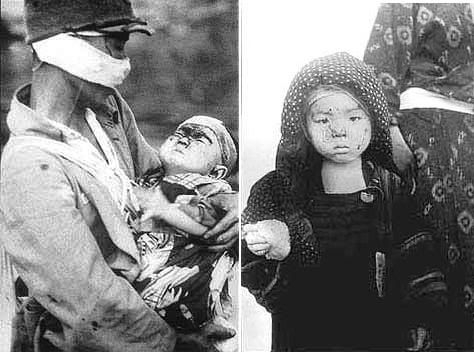
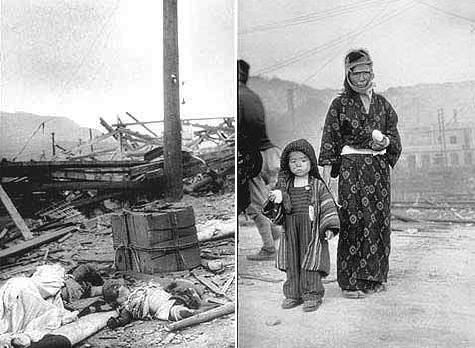
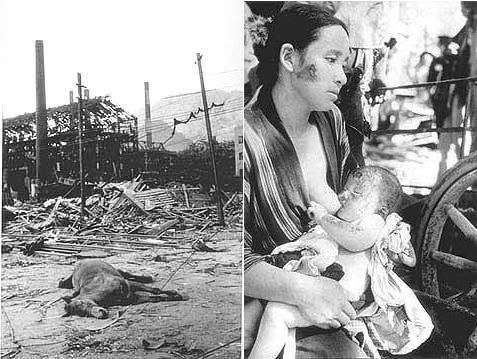
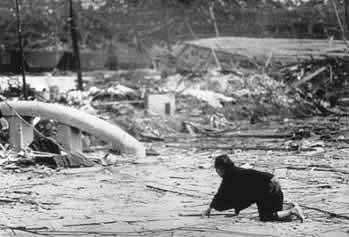
Friday, July 10, 2009
OLD NAMES OF ROADS IN KUALA LUMPUR

Ampang Road - Jalan Ampang
Ampang Street - Leboh Ampang
Batu Road - Jalan Tuanku Abdul Rahman
Birch Road - Jalan Maharajalela
Bluff Road - Jalan Bukit Aman
Brickfields Road - Jalan Sambanthan
Campbell Road - Jalan Dang Wangi
Cecil Street - Jalan Hang Lekir
Church Street - Jalan Gereja
Clarke Street - Jalan Mahkamah Tinggi
Club Road - Jalan Parlimen
Cross Street - Jalan Silang
Dickson Street - Jalan Masjid India
Davidson Road - Jalan Hang Jebat
Foch Avenue - Jalan Cheng Lock
High Street - Jalan Bandar - Jalan Tun H S Lee
Holland Road - Jalan Mahkamah Persekutuan
Hospital Road - Jalan Chendersari
Java Street - Mountbatten Road - Jalan Tun Perak
Klyne Street - Jalan Hang Lekiu
Malacca Street - Jalan Melaka
Market Street - Leboh Pasar Besar
Old Market Square (Macao Street + Hokkien Street) - Medan Pasar
Petaling Street - Jalan Petaling
Pudoh Street - Jalan Pudu
Rodger Street - Jalan Hang Kasturi
Shaw Road - Jalan Hang Tuah
Station Street - Jalan Balai Polis
Sultan Street - Jalan Sultan
Swettenham Road - Jalan Mahameru
Theatre Street - Jalan Panggong
Treacher Road - Jalan Sultan Ismail
Venning Road - Jalan Perdana
Victoria Avenue - Jalan Sultan Hishamuddin
Weld Road - Jalan Raja Chulan


























